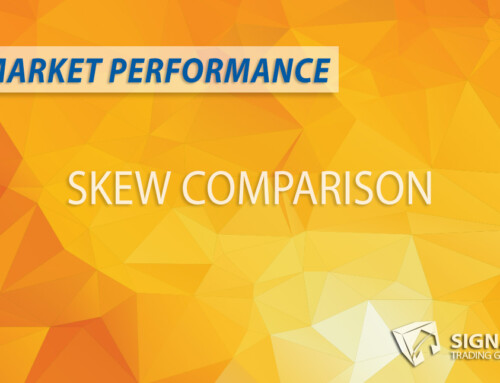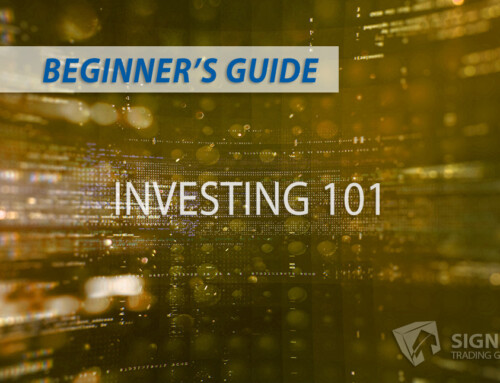Combining Technical and Seasonal Trend Analysis for Greater Trading Success
In the trading world, a common saying is, “The trend is your friend.” But how can traders effectively identify and capitalize on trends? By combining the power of technical and seasonal trend analysis, traders can uncover valuable opportunities and maximize their chances of success.
In this post, we’ll explore how utilizing both analytical methods can help traders identify opportunities that may be missed with more traditional technical analysis. We’ll discuss specific examples of how traders can use this powerful combination to optimize their entry and exit points and increase their chances of success. Finally, we’ll provide practical tips and strategies for incorporating technical and seasonal trend analysis into your trading activity while emphasizing the importance of remaining diligent and disciplined.
Why Combine Technical and Seasonal Trend Analysis?
Technical analysis is the study of historical market data, primarily through price and volume charts, to identify trends and patterns that can be used to predict future price movements. On the other hand, seasonal trend analysis focuses on identifying the historical trends and patterns in asset prices during particular times of the year or specific events.
By combining these two approaches, traders can better understand market dynamics and capitalize on opportunities others may overlook. This fusion of analytical methods helps traders better discern the convergence of factors that influence the market, thereby increasing their chances of making more informed decisions.
Examples of Combining Technical and Seasonal Trend Analysis
Let’s dive into how traders can use technical and seasonal trend analysis together to optimize their entry and exit points and increase their overall success.
1. Stocks and Earnings Season
One example of a seasonal trend is the impact of earnings season on stocks. Most publicly traded companies report quarterly earnings during this time, which can significantly affect their share prices. A trader aware of this seasonal tendency might look for technical chart patterns and price levels that suggest a breakout or trend reversal around the earnings announcement.
2. Seasonality in Commodity Markets
Commodity markets exhibit strong seasonality due to crop harvests, weather patterns, and seasonal demand. For example, natural gas prices typically rise in winter due to increased heating demand. A trader could better anticipate and capitalize on these price movements by combining seasonal analysis with technical indicators like moving averages or momentum oscillators.
3. Holiday Season is Retail Season
Another example is the holiday season, which triggers increased sales and consumer spending. Retail stocks often outperform the broader market during this time. By layering technical analysis over this seasonal trend, traders can identify potential entry and exit points for stocks well-positioned to benefit from the holiday shopping surge.
Practical Tips for Combining Technical and Seasonal Trend Analysis
Traders who want to make the most out of combining technical and seasonal trend analysis should keep a few key points in mind:
- Research is key. A trader should thoroughly research a market before making any trading decisions. This includes researching its seasonal tendencies, understanding the impact of news events, and being aware of government policies that may influence the asset’s price movements.
- Understand the data. Knowing how to interpret technical analysis data is important for successful trades. By studying chart patterns and indicators, traders can better anticipate price movements and make more informed decisions about when to enter and exit the market.
- Remain disciplined. Trading is a great way to make money, but knowing when to take profits or cut losses is important if things don’t go as planned. Developing and sticking to a trading plan can help traders stay disciplined and avoid taking unnecessary risks that could result in larger losses.
Conclusion
In conclusion, combining technical and seasonal trend analysis can be a powerful tool for traders. By judiciously understanding the market dynamics and using both analytical methods, traders can increase their chances of success and optimize their entry and exit points. But as with any form of trading, it’s important to stay diligent in your research and remain disciplined in your actions. With the right combination of knowledge and preparation, traders can leverage the power of technical and seasonal trend analysis to maximize their profits.




